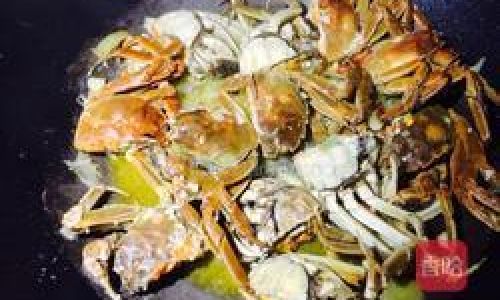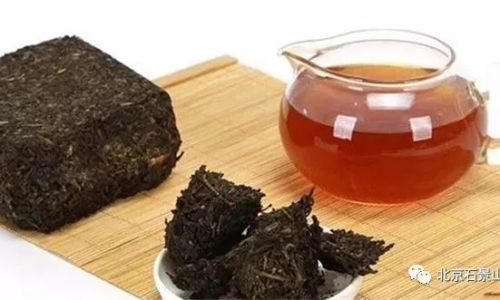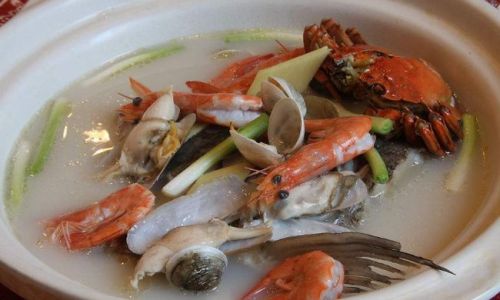Stir-fried crab, a beloved dish in many households, marries the briny sweetness of fresh crab with the bold, aromatic flavors of garlic, ginger, and chili. This recipe, rooted in home-style cooking, is designed to be both approachable and impressive, requiring minimal special equipment yet delivering maximum taste. Whether you’re a seasoned home cook or a novice in the kitchen, this guide will walk you through every step, from selecting the freshest crabs to achieving that coveted balance of crispy texture and rich, savory sauce.
Ingredients: Building the Foundation of Flavor
To create a memorable stir-fried crab, start with quality ingredients. The star of the show is, of course, the crab. Live mud crabs or blue crabs are ideal for their tender meat and robust flavor, but frozen crab legs or clusters can work in a pinch. Pair the crab with a medley of aromatics and sauces to elevate its natural taste.
Main Ingredients:

- 2–3 live crabs (approximately 1.5 kg total), cleaned and cut into pieces
- 3–4 tablespoons vegetable oil (or peanut oil for higher smoke point)
- 1–2 tablespoons cornstarch (for coating)
Aromatics:
- 4–5 garlic cloves, minced
- 2-inch piece of fresh ginger, peeled and julienned
- 3–4 scallions, white and green parts separated, sliced diagonally
- 2–3 dried red chilies (optional, for heat)
Sauce Mixture:
- 3 tablespoons light soy sauce
- 1 tablespoon oyster sauce
- 1 tablespoon Shaoxing cooking wine (or dry sherry)
- 1 teaspoon sugar
- 1/2 teaspoon white pepper
- 1/4 cup chicken broth (or water)
- 1 teaspoon sesame oil (for finishing)
Optional Additions:
- 1/2 teaspoon five-spice powder (for depth)
- 1 small onion, thinly sliced
- 1 bell pepper, diced (for color and crunch)
Step-by-Step Instructions: Mastering the Technique
Preparing the Crab:
Handling live crabs can be intimidating, but with care, it’s manageable. To humanely dispatch the crab, chill it in the freezer for 20–30 minutes to slow its movement. Using kitchen shears, remove the apron (the triangular flap on the underside) and lift off the top shell. Discard the gills (feathery, inedible parts) and rinse the body under cold water. Cut the crab into quarters or smaller pieces, keeping the claws intact. For frozen crab, thaw completely and pat dry before proceeding.
Coating the Crab:
Dust the crab pieces lightly with cornstarch, shaking off excess. This step ensures a golden, crispy exterior during frying and helps the sauce cling to the meat.

Frying the Crab:
Heat a large wok or skillet over high heat until smoking. Add 2 tablespoons of oil, swirl to coat, and carefully place the crab pieces in a single layer. Fry for 3–4 minutes per side until the shells turn vibrant orange and the meat is partially cooked. Remove and set aside.
Sautéing Aromatics:
Reduce heat to medium and add the remaining oil. Toss in the garlic, ginger, scallion whites, and dried chilies (if using). Stir-fry for 1–2 minutes until fragrant, taking care not to burn the garlic.
Combining Flavors:
Return the crab to the wok and stir to coat with the aromatics. Pour in the sauce mixture, stirring gently to ensure even distribution. Add the chicken broth and bring to a simmer. Cover and cook for 5–7 minutes, allowing the flavors to meld and the crab to finish cooking.
Finishing Touches:
Uncover the wok and increase the heat to reduce the sauce slightly. Toss in the scallion greens and a drizzle of sesame oil. For added texture, some cooks thicken the sauce with a cornstarch slurry (1 teaspoon cornstarch mixed with 1 tablespoon water), but this is optional.
Serving:
Transfer the stir-fried crab to a serving platter, garnishing with extra scallions or cilantro. Serve immediately with steamed rice, noodles, or crusty bread to soak up the sauce.

Tips for Success: Elevating Your Dish
- Crab Selection: Opt for live crabs whenever possible—their flavor and texture are unparalleled. If using frozen, avoid those with freezer burn or excessive ice crystals.
- Safety First: Wear gloves when handling live crabs to avoid pinches. Use a sturdy knife or kitchen shears for dismantling.
- Cooking Time: Overcooking crab results in rubbery meat. Fry until the shells turn bright red, and the meat is just opaque.
- Spice Level: Adjust the chili quantity to taste. For a milder dish, omit the dried chilies and add a pinch of paprika for color.
- Sauce Consistency: If the sauce is too thin, simmer uncovered for a few minutes. For a glossy finish, swirl in a knob of cold butter before serving.
Variations: Customizing Your Creation
- Black Bean Stir-Fry: Add 1–2 tablespoons of fermented black beans (rinsed and mashed) to the aromatics for a salty, umami-rich twist.
- Garlic Butter Glaze: Replace the soy sauce mixture with melted butter, minced garlic, and a squeeze of lemon for a Western-inspired version.
- Spicy Szechuan Style: Incorporate Szechuan peppercorns and doubanjiang (chili bean paste) for a numbing, fiery kick.
- Vegetarian Adaptation: Substitute crab with hearty vegetables like eggplant or mushrooms, adjusting cooking times accordingly.
The Cultural Tapestry of Stir-Fried Crab
Stir-fried crab is more than a meal—it’s a celebration of coastal bounty and familial tradition. In many Asian cultures, crab dishes symbolize prosperity and are often served during festivals or reunions. The act of cracking shells and savoring sweet meat fosters connection, making this dish a centerpiece of shared joy.
Conclusion: A Dish to Savor and Share
Mastering stir-fried crab at home is a rewarding endeavor that bridges technique and creativity. With fresh ingredients, a few key tools, and a willingness to experiment, you can recreate the magic of a seafood restaurant in your own kitchen. Whether you prefer it bold and spicy or subtle and aromatic, this dish invites you to explore, adapt, and most importantly, enjoy the process. So gather your loved ones, crack open a crab, and let the flavors of the sea unfold on your plate.
Word Count: 1,250+






0 comments